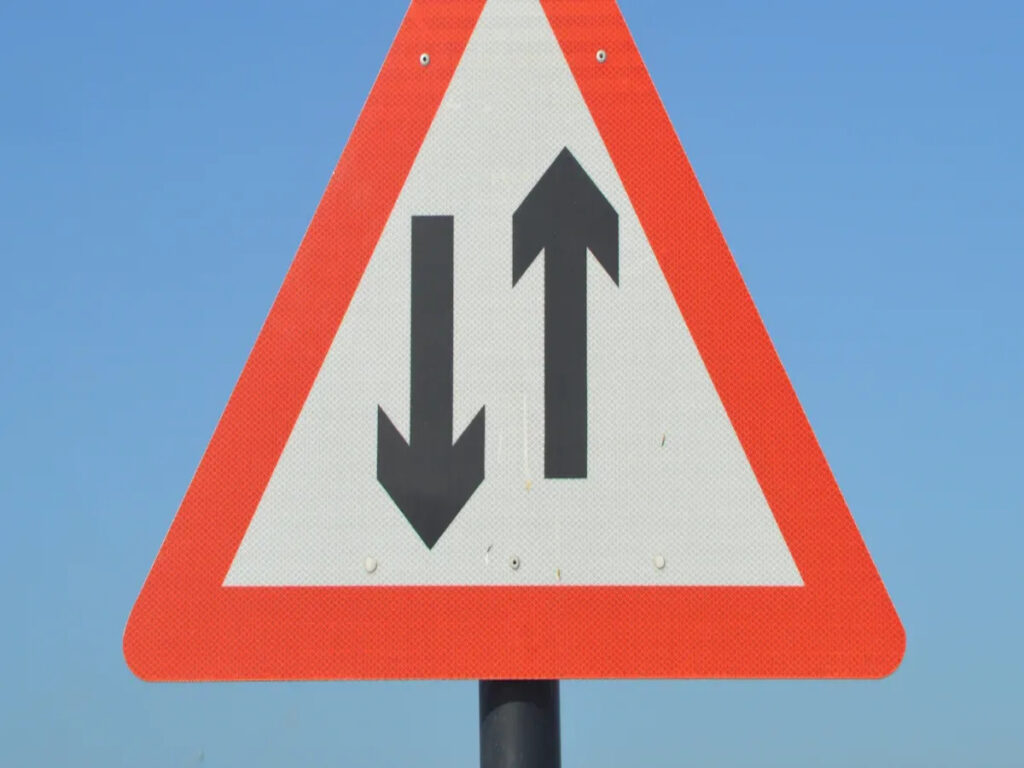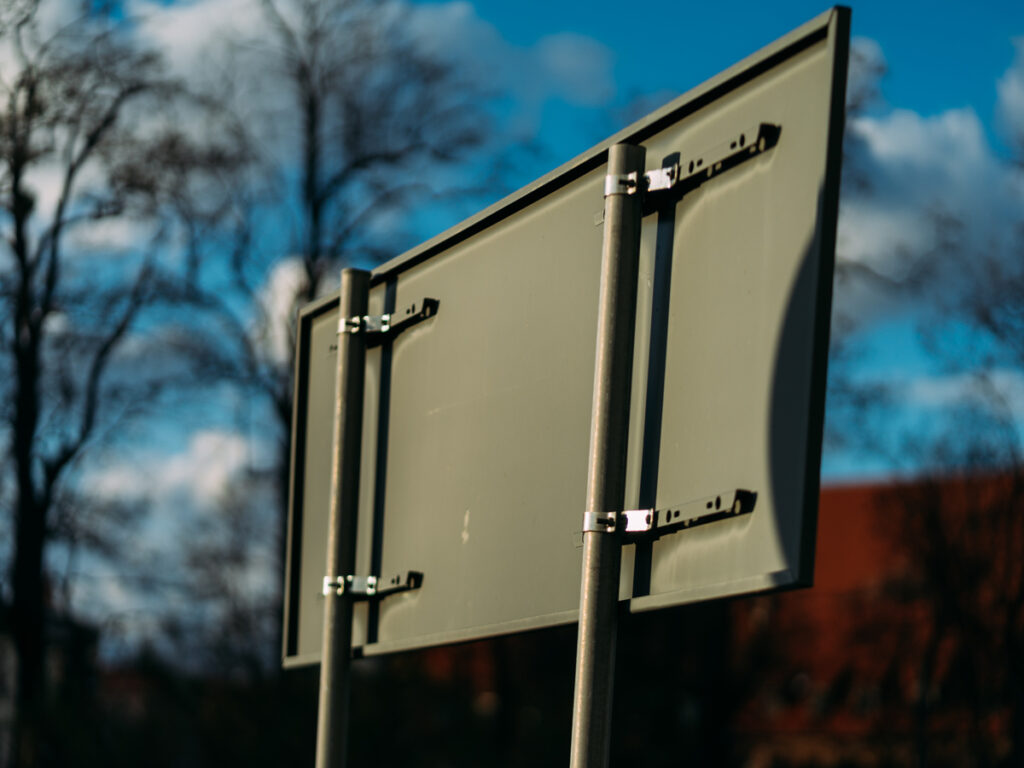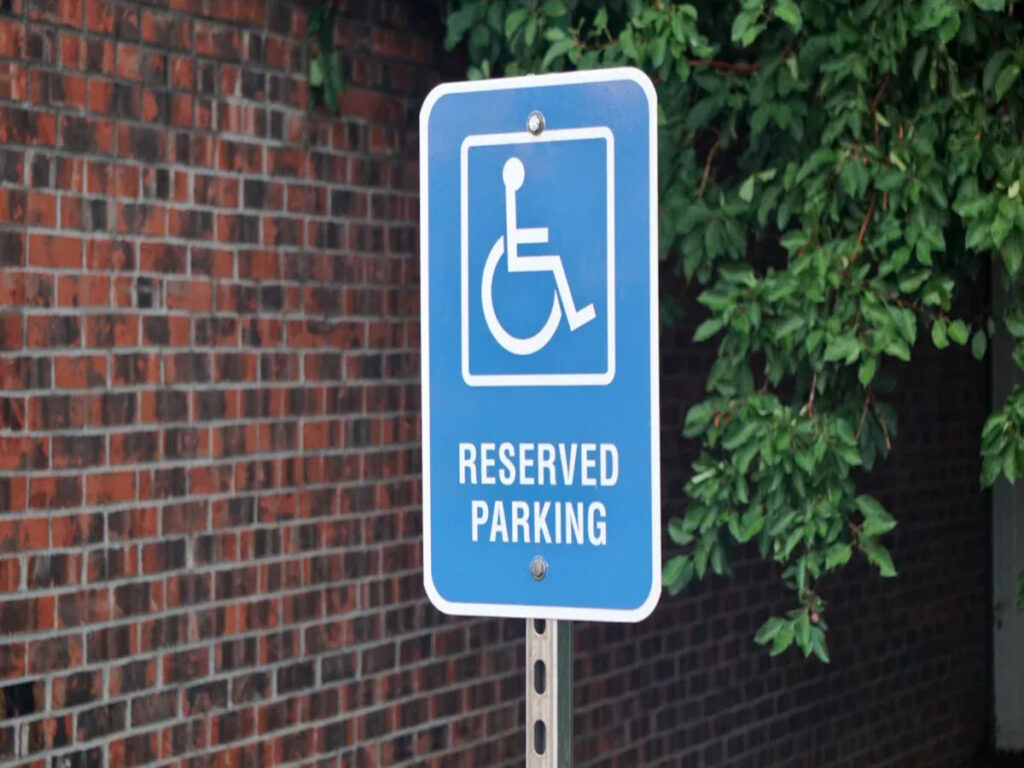
Designing multi-message traffic signs that drivers can quickly understand requires careful planning. These signs must be especially clear on high-speed roads. Studien zeigen das 95% of drivers can easily read symbols, which helps them react more quickly. For critical signs like hazard warnings, thinner letters with a 1:6 ratio are proven to be more visible. Zusätzlich, multi-message traffic signs overloaded with information take longer to read and can complicate driving. By enhancing the design of multi-message traffic signs, we can improve road safety and minimize driver confusion.
OPTRAFFIC specializes in designing and supplying high-quality multi-message traffic signs and frames that prioritize clarity, Sicherheit, and driver comprehension. Explore the OPTRAFFIC range of traffic signs today and take the first step toward improving your road safety infrastructure.
Key Takeaways
- Make traffic signs easy to read with clear layouts and large letters.
- Use colors that stand out, Wie schwarz auf Gelb, to help drivers see signs in different weather.
- Keep signs simple by showing less information to avoid confusing drivers and keep roads safer.
- Put key details, like speed limits, at the top so drivers see them fast.
- Work with experts to make signs better using studies on how drivers think and react.
Understanding Multi-Message Signs

What are multi-message traffic signs?
Multi-message traffic signs are fixed signs on roads. They show drivers several important details, wie Geschwindigkeitsgrenzen oder Warnungen. Unlike digital signs, these use permanent designs to share messages. Clear layouts, big fonts, and bright colors make them easier to read.
Studies show that understanding these signs depends on age and thinking skills. Drivers may get confused if signs have too much information. Where the sign is placed also matters. In geschäftigen Bereichen, too many visuals can make signs harder to notice. Designers must keep signs simple and match the message to the location.
How do multi-message signs make roads safer?
Multi-message traffic signs help keep roads safe by guiding drivers. They give important details at the right time, helping drivers decide quickly. Zum Beispiel, signs showing lane directions prevent sudden lane changes. Placing signs correctly helps drivers understand them better and avoid mistakes.
Research shows that signs with clear arrows and lane lines work best. But if arrows don’t match the lanes, Fahrer könnten verwirrt werden. This can cause unnecessary lane changes and accidents. Signs with too much information can also overwhelm drivers, especially in tricky areas. Simple signs are easier to understand and make driving safer.
By designing better multi-message traffic signs, roads can be safer and driving less stressful. Jedoch, to ensure optimal results, the right frame for these signs is just as important. OPTRAFFIC Multi-Message Frames are designed to enhance the clarity and effectiveness of your traffic signs, making sure they meet regulatory standards while ensuring safety. Explore our range of multi-message frames today and create a safer, more efficient road environment.
Human Factors Engineering and Traffic Sign Effectiveness
Principles of human factors engineering in traffic sign design
Human factors engineering helps make traffic signs easier to understand. It focuses on how people think and react while driving. Signs are designed to match your abilities, keeping you safe on the road.
Zum Beispiel, signs need to be simple and quick to read. Designers use clear letters, easy symbols, and neat layouts for this. Too much information on a sign can confuse you. Signs placed in bad spots might not get noticed. Um dies zu beheben, designers keep signs simple and put them in smart locations.
A study in Iraq showed how age, Geschlecht, and knowledge affect understanding signs. Results found 57.5% understood rules signs, 53.4% got warning signs, Und 65% understood info signs. This shows signs should be made for all kinds of drivers. Auf diese Weise, signs can work well for everyone, no matter their experience.
Impact of driver psychology on the effectiveness of multi-message traffic signs
Your thoughts and feelings affect how you see traffic signs. While driving, your brain handles lots of information at once. Multi-message signs must give details without confusing you. If a road sign is too hard, it can slow you down or cause mistakes.
Designers make sure important details, like speed limits, are easy to spot. These key messages are placed at the top of the sign. They also use familiar colors and symbols to help you understand faster. Zum Beispiel, a red circle means rules, and a yellow triangle warns of danger.
Your mood also changes how you react to signs. Stress or being tired can make it harder to understand tricky signs. To help, designers keep signs clear and simple. This makes them easier to read and more helpful for drivers.
By thinking about how you feel and think, designers create better signs. These road safety signs help you stay safe and make good choices while driving.
Enhancing Visibility and Legibility in Multi-Message Traffic Signs

Font size considerations for readability at varying speeds
Font size is important for reading signs quickly while driving. Bigger fonts are easier to see, especially at high speeds. Designers choose font sizes based on how far drivers are from the sign. Auf Autobahnen, where cars move fast, signs need larger fonts. This helps drivers read them in time. Research shows thin letters with a 1:6 ratio are clearer. This ratio makes letters easier to see from far away. Using the right font size makes traffic signs more useful.
Importance of high-contrast color schemes for visibility
Colors with strong contrast make traffic signs easier to notice. Combinations like black on yellow or white on red stand out. These colors work well in bad weather or low light. Studies show bright contrasts improve how well you can read signs. Positive contrast, like light text on dark backgrounds, works best. The table below shows research findings about color schemes:
| Finden | Beschreibung |
|---|---|
| Luminance Contrast | Bright color combinations make signs easier to read. |
| Illumination Impact | Light text on dark backgrounds improves readability. |
| Background Contrast | Signs stand out better when their background is simple. |
| Increased Luminance | Brighter signs are easier to notice in busy areas. |
| Positive vs Negative Contrast | Light text on dark backgrounds is clearer than dark text on light. |
Using high-contrast colors helps signs stay clear in all conditions.
Layout design strategies for intuitive message delivery
The layout of a sign affects how easily you understand it. Important details, like speed limits, should go at the top. Hier entlang, drivers see them first. Grouping similar messages together also reduces confusion. Zum Beispiel, lane directions and arrows should be close to each other. Designers avoid putting too much information on one sign. Adding space between words and symbols makes signs easier to read. Simple layouts help drivers understand signs and make better choices on the road.
Optimizing Message Hierarchy for Safety and Efficiency
Showing the most important details first on traffic signs
When you see a multi-message sign, key details should stand out. Important messages like speed limits or warnings must be easy to spot. These should always be placed at the top of the sign. This helps drivers notice urgent information quickly, especially on busy roads.
Messages need to be short and simple. Studies show drivers can only read signs for 8 seconds on highways. Long or tricky messages can confuse drivers or cause missed details. Clear and brief messages help drivers make safer choices.
Organizing messages in a smart order is also important. Signs should show things like detours or closures in a clear way. This helps drivers react faster and stay safe.
Tips for showing many messages without confusion
Putting many messages on one sign needs careful design. Using bright colors with strong contrast makes signs easier to see. Zum Beispiel, black letters on yellow or white letters on red work well.
Big letters and bold titles make signs easier to read. Grouping related details, like arrows and lane directions, keeps the layout neat. This helps drivers understand the sign quickly.
Empty space between sections is also important. It stops messages from looking crowded or messy. This makes it easier to read each part of the sign.
By using these tips, traffic signs can share clear and helpful safety messages. This improves visibility and keeps roads safer.
Reducing Cognitive Load in Traffic Sign Design
Understanding cognitive load and its impact on driver response
Cognitive load means the mental effort needed to handle tasks. While driving, your brain does many things at once. It watches the road, controls the car, and reads signs. Multi-message signs with too much information make this harder. This extra effort can slow your reactions and make you forget key details. It can also hurt how well you drive overall.
Studies show how cognitive load changes driver reactions. Using simulators, researchers tested how drivers handled signs with different amounts of information. They found that more information made drivers slower and caused more mistakes. This shows why signs should be simple and easy to read.
To study cognitive load, tools like the Detection Response Task (DRT) werden verwendet. This tool checks how much attention drivers give to reading signs. It does this without distracting them from driving. Other studies show talking or distractions make drivers even slower. This is worse in tough driving situations. These findings show why signs must be clear and not add extra mental work.
| Investigation | Ergebnisse |
|---|---|
| Detection Response Task (DRT) | Measures how drivers focus on signs without hurting driving ability. |
| Cognitive Load from Conversations | Talking slows drivers and makes DRT responses slower. |
| Response Caution | Drivers take longer to respond in harder situations. |
By learning how cognitive load affects driving, designers can make better signs. These signs help drivers remember details and avoid mistakes, Straßen sicherer halten.
Effective design techniques to minimize cognitive overload
To lower mental strain, traffic signs need simple designs. Signs should only show the most important details. Designers use bold letters, leuchtende Farben, and clear layouts to make signs easier to read. Grouping related messages and showing key details first, like speed limits, helps drivers understand faster.
Tests have proven ways to reduce mental strain. Researchers checked heart rates and eye movements to see how much information drivers could handle. They found that signs with less information and clear layouts made driving easier.
| Psychological Parameter | Comfort Level Thresholds | Information Density (bits/m) |
|---|---|---|
| Pupil Area | -2.289 ≤ S < -1.526 | < 0.373 |
| Fixation Intensity | 1.526 ≤ S < -0.763 | ≤ 0.507 |
| Heart Rate Change Rate | -0.763 ≤ S ≤ 0.763 | |
| Heart Rate Variability | 0.763 < S ≤ 1.526 | |
| 1.526 < S ≤ 2.289 |
Designers also use spacing and avoid clutter to make signs clearer. Empty spaces between words and symbols help drivers read faster. Familiar colors and symbols make signs easier to understand, Auch in stressigen Momenten.
Durch die Verwendung dieser Ideen, traffic signs can share important details without confusing drivers. This makes driving safer and helps people make better choices on the road.
Insights from Driving Simulation and Behavioral Research
How driving simulators improve traffic sign designs
Driving simulators help make better multi-message traffic signs. Researchers use them to study how drivers react to different signs. Simulators create safe, real-world-like conditions for testing. They show how well drivers notice and understand signs. This helps designers make signs that improve safety and awareness.
Studies show simulators lead to safer driving. Zum Beispiel:
- “Driving too slow” events dropped from 2701.64 Zu 2462.15 with improved signs.
- Drivers spent less time in risky areas, showing better awareness of dangers.
These results prove simulators are useful for making roads safer for everyone.
What behavioral research says about driver reactions to signs
Behavioral studies show how drivers respond to multi-message signs. The way signs present information affects driving choices. Some designs can increase risks. Zum Beispiel, fatality messages on traffic signs caused crashes to rise by 4.5% über 10 kilometers. This is similar to raising speed limits by 3-5 mph or reducing patrols by 12-14%.
The table below shows key findings from these studies:
| Finden | Beschreibung |
|---|---|
| Crash Increase | Fatality messages raise crash rates by 4.5% über 10 km. |
| Yearly Impact | In Texas, these messages cause 2,600 stürzt und 16 deaths each year. |
| Mental Strain | Fatality messages add stress, lowering safe driving responses. |
| Crashtypen | Multivehicle crashes rise, but single-vehicle crashes stay the same. |
| Distance Effect | Distraction from fatality messages fades over longer distances. |
These studies show signs should be clear and helpful. Signs with less mental strain help drivers focus and make safer choices.
Human factors engineering helps make traffic signs easy to understand. It ensures signs are clear and help drivers decide quickly. Problems like distractions, tiredness, or being impaired can cause mistakes. Signs with simple designs and familiar symbols lower these risks.
To improve multi-message traffic signs, keep them simple. Use big letters, leuchtende Farben, and clear layouts. Show important details like speed limits and warnings first. Group similar messages together to avoid confusion. These ideas make signs easier to see and driving safer.
Teamwork between road agencies and researchers is very important. Studies show how distractions affect focus and choices. Ongoing research helps improve sign designs for drivers. Indem wir zusammenarbeiten, we can make roads safer for everyone.
FAQ
How do multi-message traffic signs improve driver awareness?
These signs give clear and quick information about the road. They help you understand what’s ahead and make safer choices. By organizing details well, they reduce confusion and keep you focused.
What is the impact on driving behavior when signs are overcrowded?
Too much information on signs can confuse you. It slows your reactions and increases mistakes. Simple designs make signs easier to understand and respond to quickly.
How does driver glance behavior affect sign readability?
How you look at signs affects how fast you read them. Signs with clear layouts and bright colors catch your eye faster. This helps you see important messages right away.
Why are public awareness campaigns important for traffic sign design?
These campaigns teach you what traffic signs mean. They help you understand signs better and drive more safely. They also show why clear signs are important for everyone.
How can signs balance multiple messages without causing confusion?
Grouping similar details and showing key points first makes signs clear. Using bold letters, leuchtende Farben, and space between messages helps you focus. This keeps signs easy to read and understand.



















